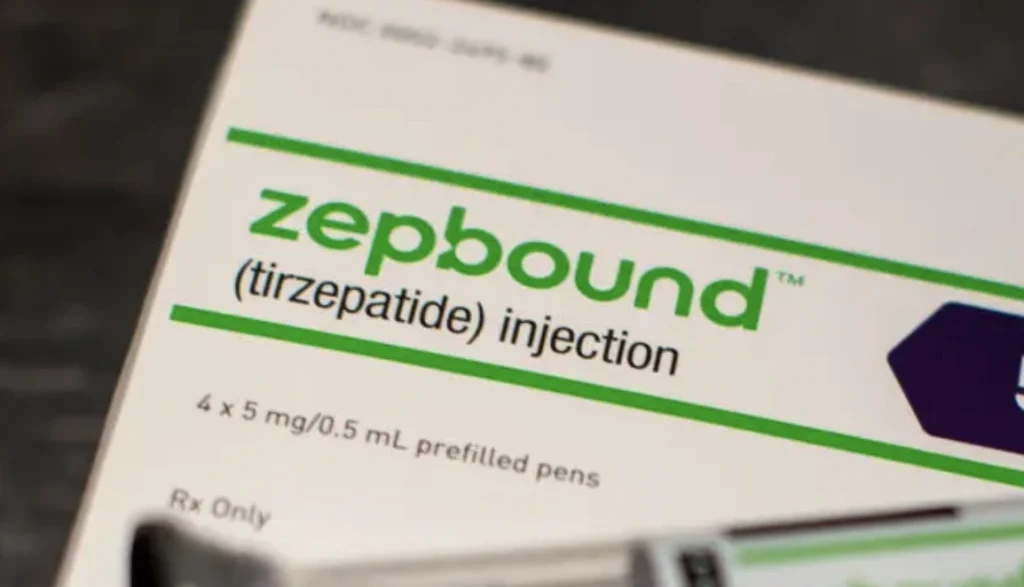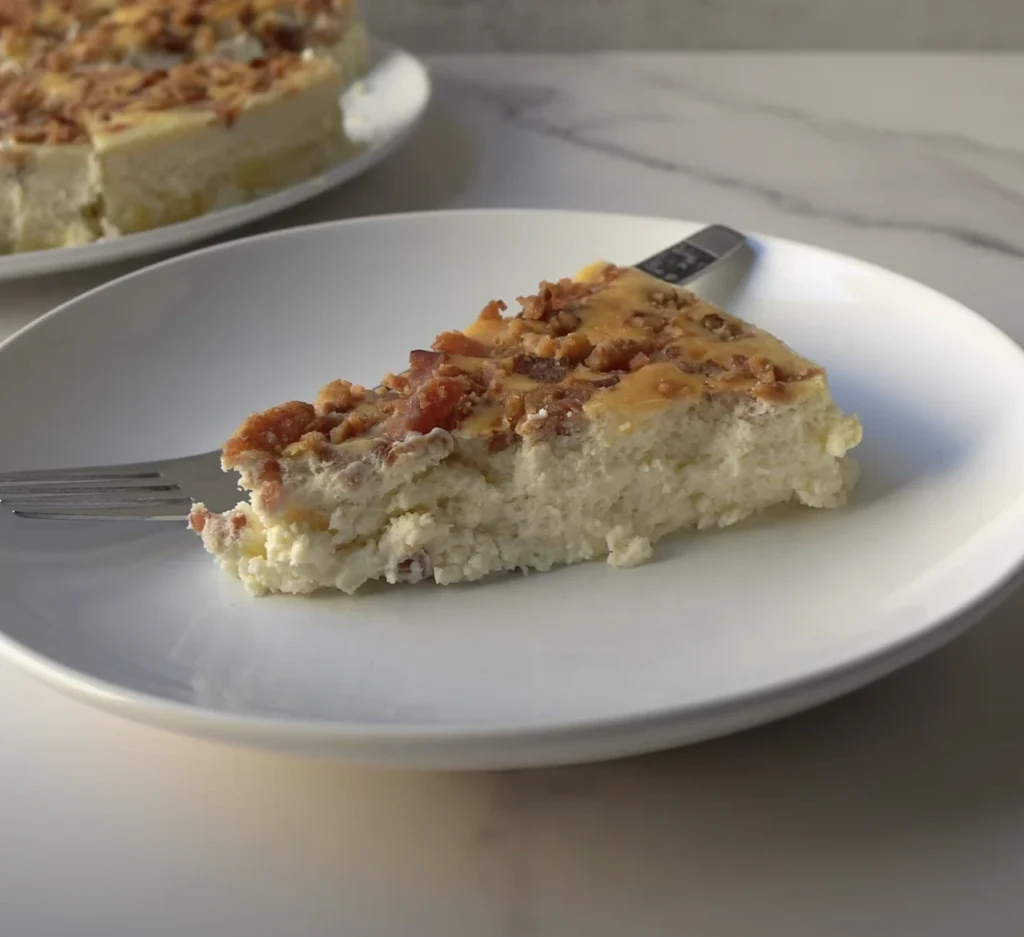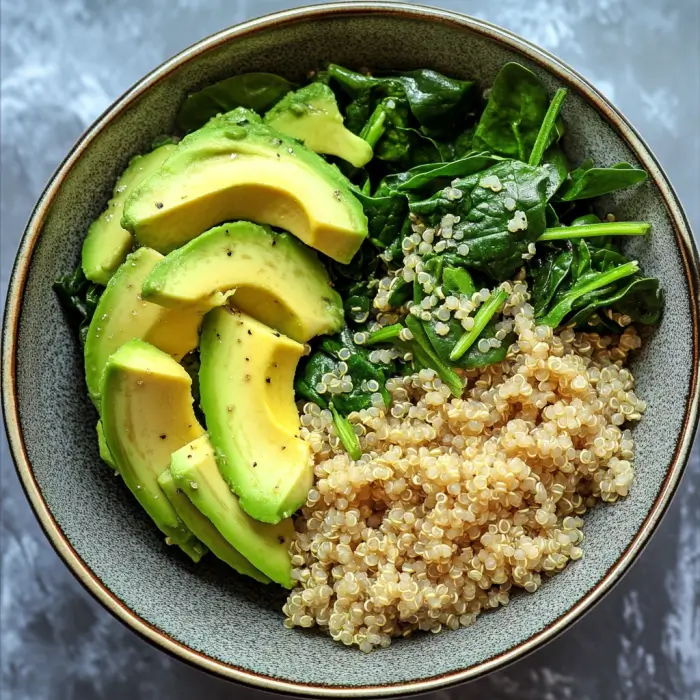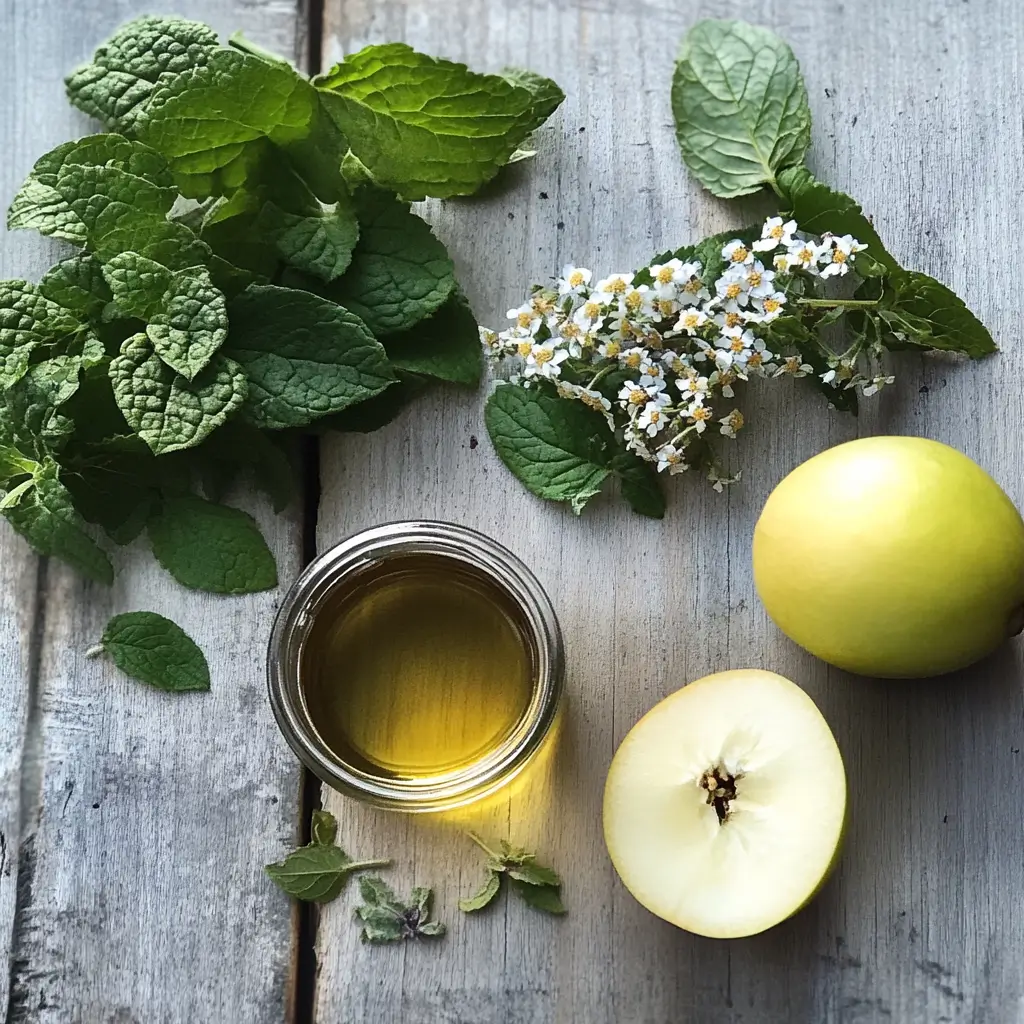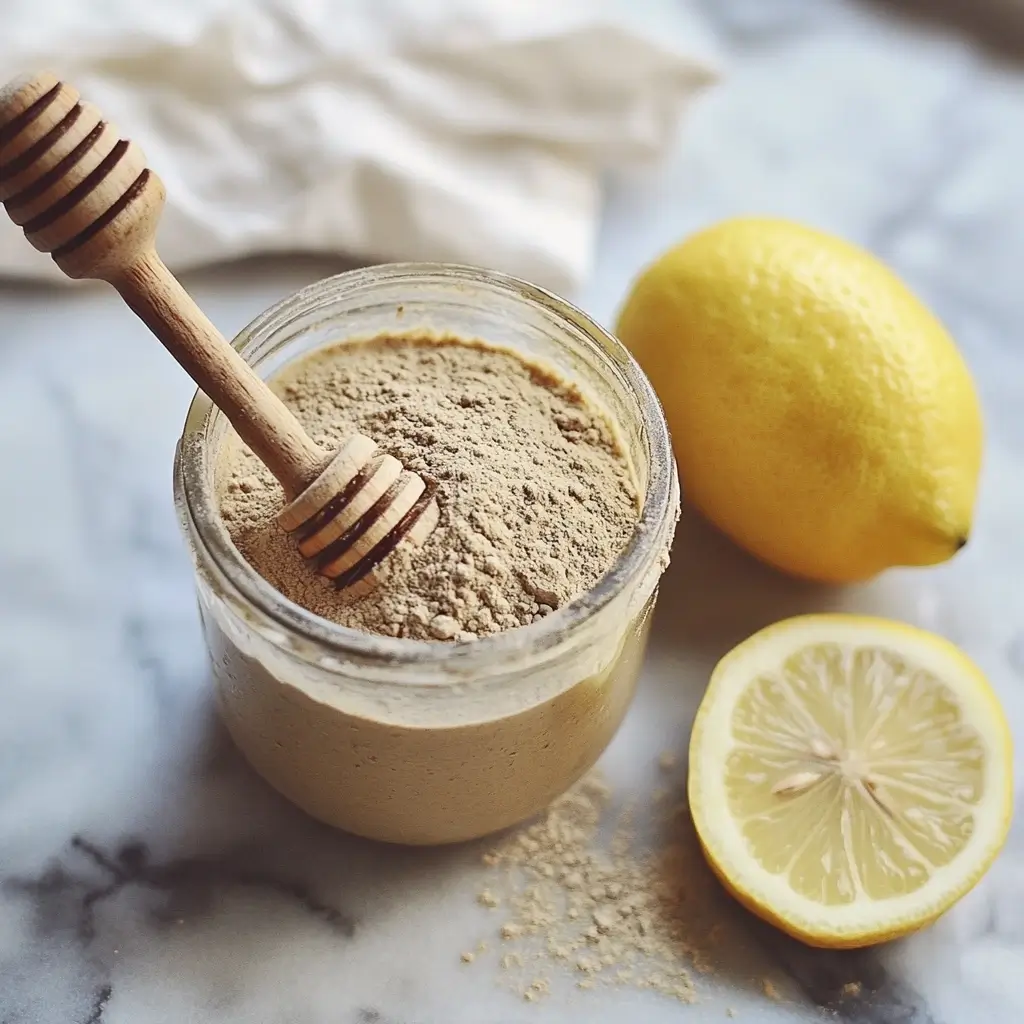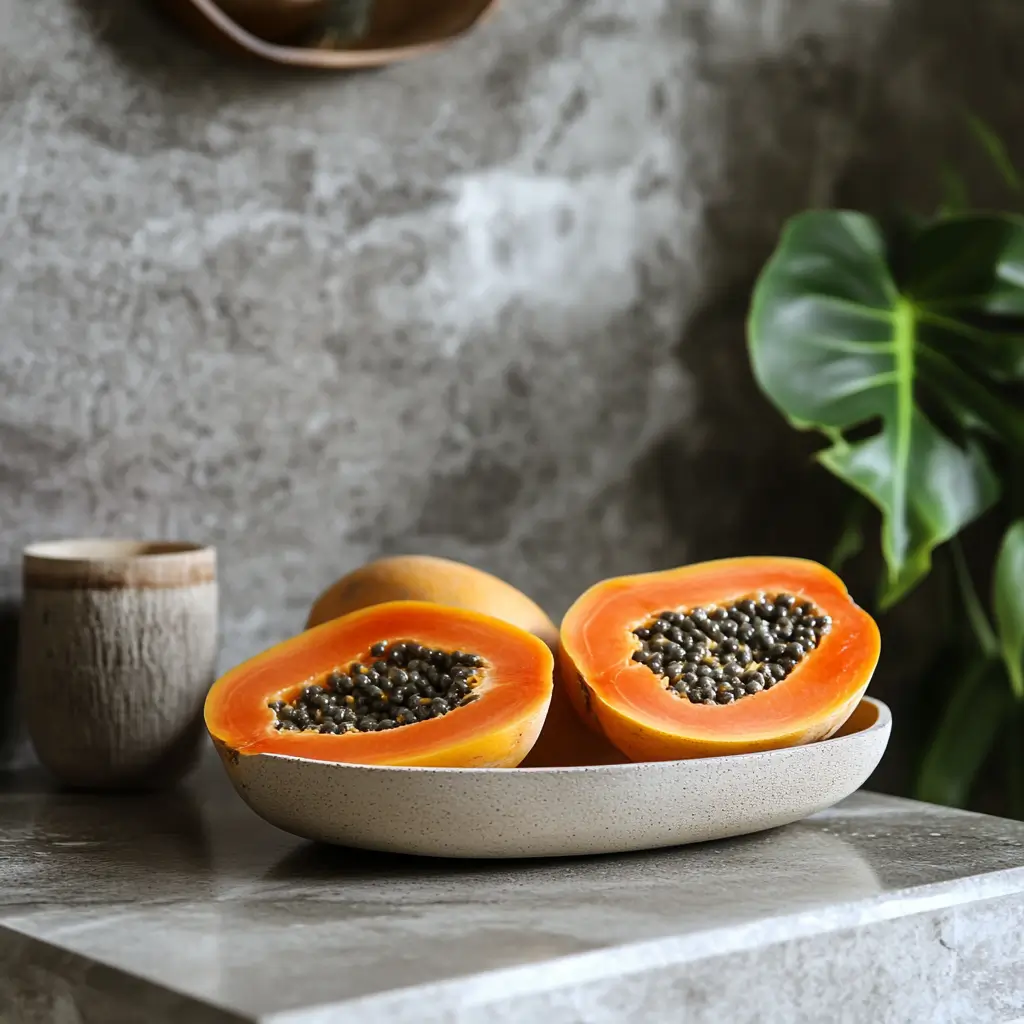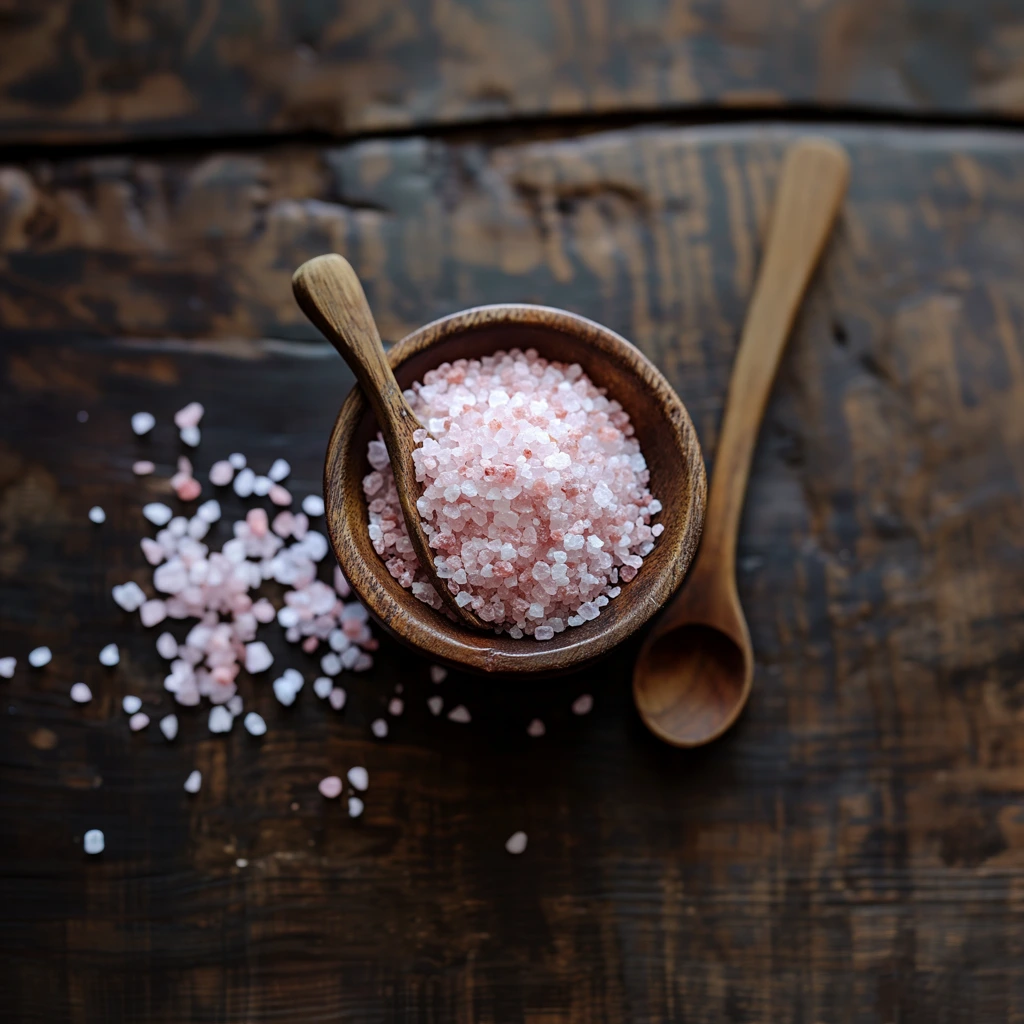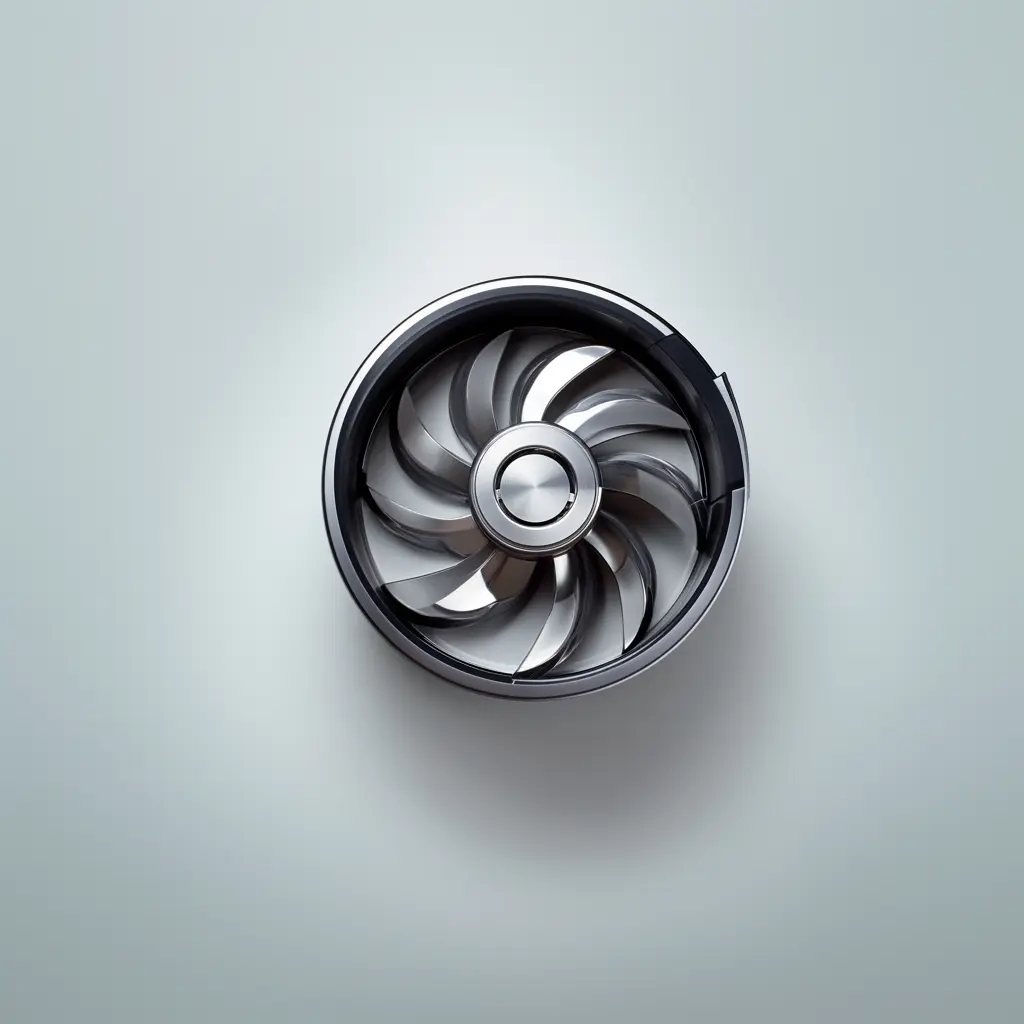
How to Use KitchenAid Food Processor Blades Properly
The KitchenAid food processor is a versatile kitchen appliance that can make meal prep easier and faster. However, to get the most out of it, it’s crucial to use and maintain the blades properly. In this article, we’ll guide you through the correct usage of KitchenAid food processor blades and recommend some Amazon products to help you keep them in top condition.
1. Understanding the Different Blades
KitchenAid food processors come with various blades, each designed for specific tasks:
- Slicing Blade: Ideal for slicing vegetables, fruits, and cheeses.
- Shredding Disc: Great for shredding vegetables, cheese, and even chocolate.
- Chopping Blade: Perfect for chopping nuts, herbs, and making pastes or purees.
- Dough Blade: Specially designed for mixing and kneading dough.
Ensure you’re using the right blade for the task at hand to achieve the best results and avoid unnecessary wear and tear.
2. Proper Installation of Blades
To install the blades correctly:
- Always turn off and unplug the food processor before changing blades.
- Carefully align the blade with the motor shaft and push it down until it locks into place.
- Double-check that the blade is secure before turning on the machine to avoid accidents.
3. Using the Blades Safely
- Start Slow: Begin with a lower speed setting and gradually increase if necessary. This helps prevent the motor from overheating and ensures even processing.
- Avoid Overloading: Don’t overfill the processor bowl. Overloading can cause the blades to jam or not function properly.
- Pulse Instead of Running Continuously: Pulsing the food processor gives you better control over the texture and consistency of the ingredients.
4. Cleaning and Maintenance
Proper cleaning and maintenance of the blades are essential to prolong their lifespan and ensure they remain sharp.
- Hand Wash the Blades: While some blades are dishwasher-safe, hand washing with warm, soapy water is recommended to preserve sharpness.
- Use a Blade Brush: A blade brush can help you clean food residue from hard-to-reach areas safely. This minimizes the risk of cutting yourself.
Recommended Product: KitchenAid Blade Brush – A specifically designed brush that helps you clean the blades thoroughly without damaging them or risking injury.
- Dry Immediately: After washing, dry the blades immediately to prevent rust. Use a microfiber cloth to dry them completely.
Recommended Product: Microfiber Cleaning Cloths – These cloths are perfect for drying the blades and preventing rust.
- Blade Storage: Store the blades in a safe, dry place where they won’t get damaged or cause injuries. A dedicated storage case can help keep everything organized and protected.
Recommended Product: Food Processor Blade Storage Case – This case keeps all your blades in one place, ensuring they’re protected and easy to find when needed.
5. Sharpening the Blades
Over time, the blades may lose their sharpness. While KitchenAid blades are durable, regular sharpening can keep them performing at their best.
- Sharpening Stone: A sharpening stone can be used to manually sharpen the blades when they start to dull.
Recommended Product: Sharpening Stone for Kitchen Blades – A high-quality sharpening stone that works well with food processor blades.
- Professional Sharpening Services: If you’re not comfortable sharpening the blades yourself, consider using a professional service.
6. Replacing Worn-Out Blades
Even with proper care, blades will eventually wear out. Keep an eye on the condition of your blades, and replace them if they become dull or damaged beyond sharpening.
Recommended Product: KitchenAid Replacement Blades – Always opt for original replacement parts to ensure compatibility and performance.
Conclusion
Using and maintaining KitchenAid food processor blades properly ensures that your food processor continues to perform efficiently and safely. By following these tips and using the recommended products, you can keep your blades in excellent condition for years to come.






